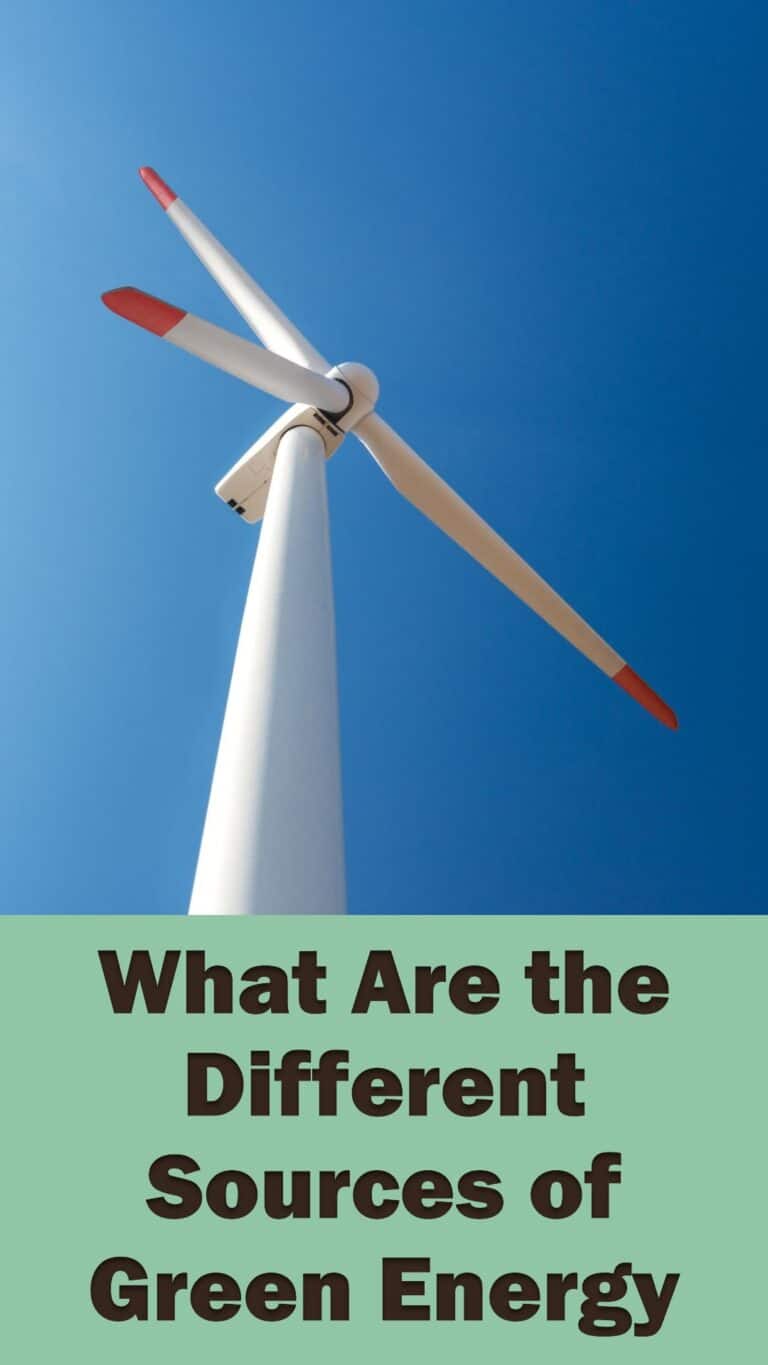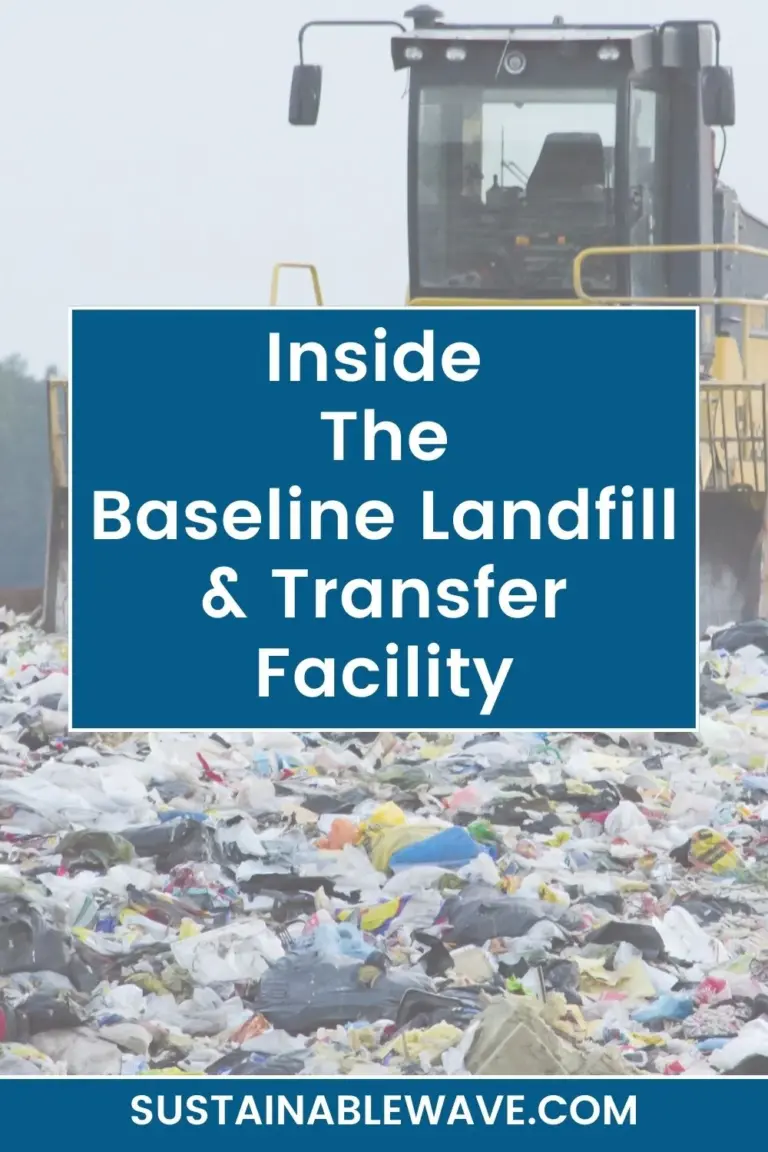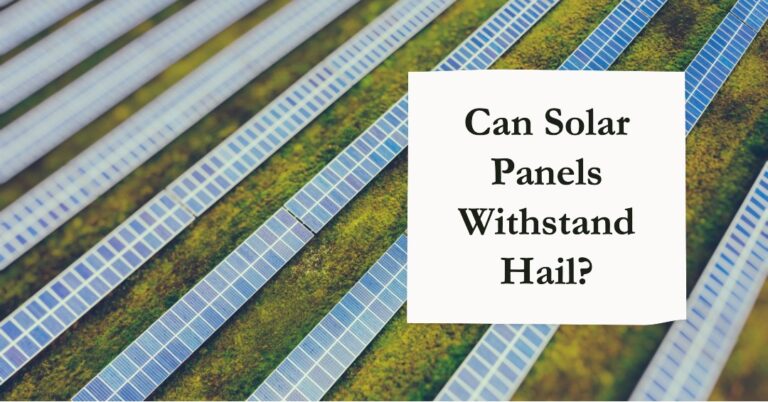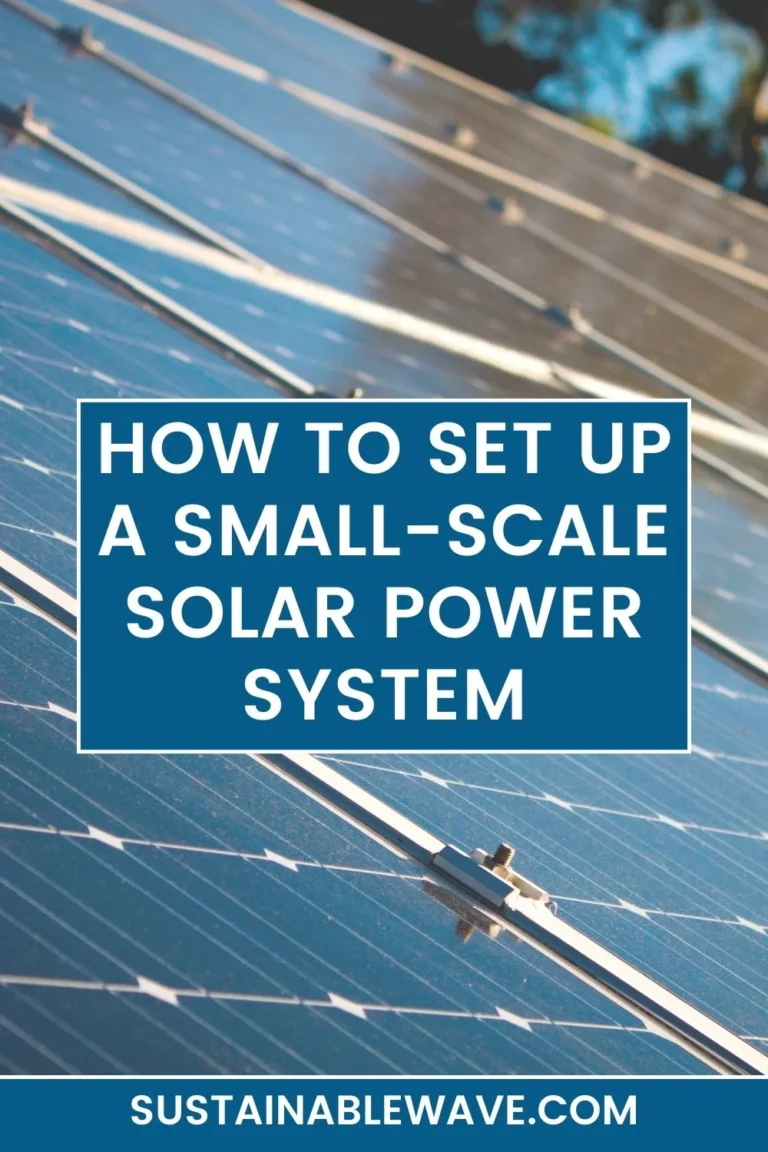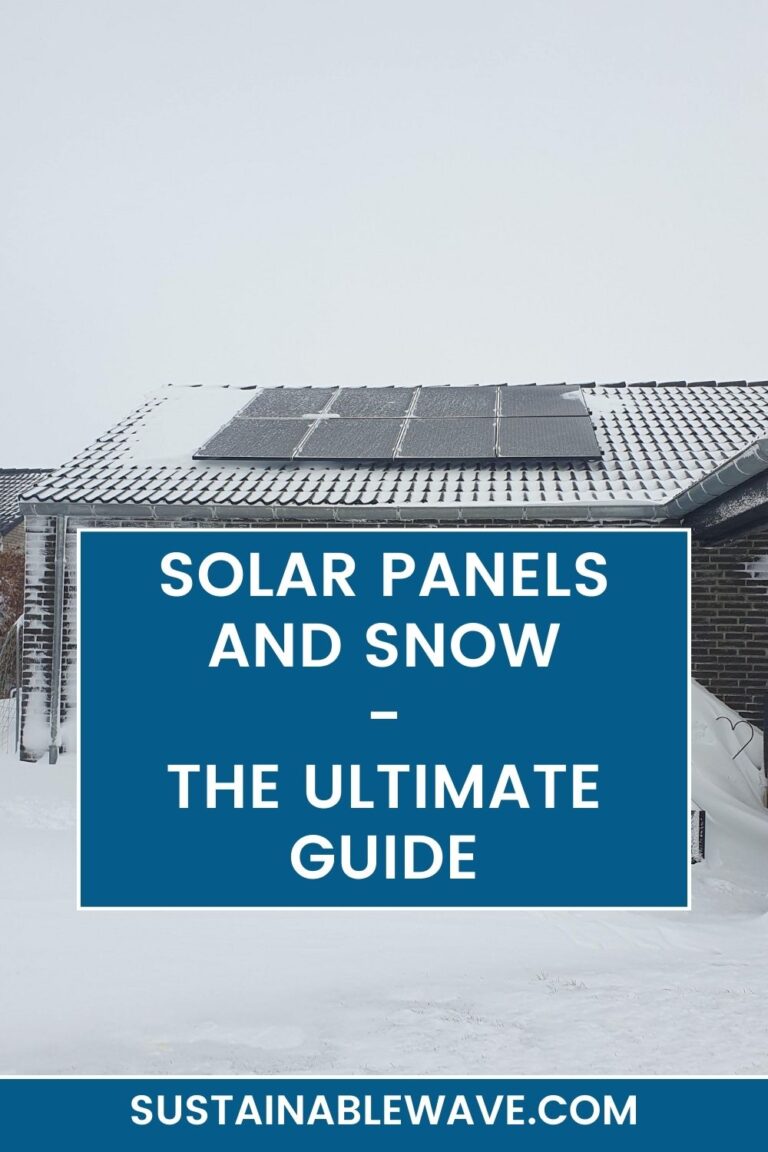In the quest for renewable, clean, and efficient energy, solar panels have undoubtedly stolen the spotlight. As we increasingly rely on solar power, one question keeps popping up: Do solar panels have to face south?
Solar panels typically face south in the Northern Hemisphere to maximize sunlight exposure and energy production. However, depending on other factors like geographic location and power demand, east or west-facing panels can also be effective.
We’re about to delve further into this topic, separating myth from fact and helping you understand how to get the most from your solar investment.
Do Solar Panels Have to Face South?

In the Northern Hemisphere, the general rule of thumb is that solar panels should face south to capture the most sunlight.
The sun follows an east-to-west path, but it does so in a southern arc.
Therefore, by positioning your solar panels southwards, you maximize their exposure to sunlight and, consequently, their energy production.
Why South?
Solar panels work by absorbing sunlight and converting it into electricity. The more direct sunlight they receive, the more electricity they produce.
This is where the southward orientation comes into play.
In the Northern Hemisphere, the sun appears to move from east to west but actually stays in the southern portion of the sky throughout the day.
This southern trajectory ensures that panels facing south receive the most sunlight.
But What About the East and West?
While south-facing panels have traditionally been viewed as optimal, it’s not the only direction worth considering.
Panels facing east or west can also provide significant energy production. East-facing panels catch the morning sun while west-facing ones capture the afternoon rays.
Although these directions may yield slightly less energy production than south-facing panels, they provide the advantage of spreading energy production throughout the day.
The Role of Your Geographic Location
Does your geographic location play a part in this? Absolutely!
The closer you are to the Equator, the more directly overhead the sun will be at noon. In such cases, a flat, south-facing panel might not be the most efficient.
It may be necessary to adjust the panel’s tilt and direction for optimal energy production.
Solar Panel Direction in the Southern Hemisphere
Down under in the Southern Hemisphere, the game changes – solar panels should face north for the best performance.
That’s because the sun’s path is northward.
Effects of Solar Panel Direction on Energy Production
How Much Does Direction Really Matter?
Is the southward orientation an absolute must for efficient solar power production? Not necessarily.
While it’s true that south-facing panels can capture the most sunlight, this doesn’t mean that panels facing other directions are significantly less efficient.
Other factors such as the angle of the panel, shading, and weather can have comparable effects on energy production.
The Real-Life Implications
In real-world scenarios, the direction of solar panels can be influenced by numerous factors, such as building design, local regulations, and aesthetic preferences.
If these considerations make a southward orientation impractical, it’s entirely possible to have a highly effective solar system with panels facing east or west.
Maximizing Solar Panel Efficiency Beyond Direction
While direction plays a role in solar panel efficiency, so too does the tilt.
Panels should ideally be tilted at an angle equal to your latitude for optimal sun exposure year-round.
Adjusting your panels’ tilt according to the season can also help to maximize efficiency.
Tracking Systems: Following the Sun
One cutting-edge way to sidestep the direction dilemma is to use solar tracking systems.
These advanced setups move the panels to follow the sun across the sky, ensuring maximum exposure regardless of the stationary direction the panels would otherwise face.
The Role of Technology
As technology advances, we’re seeing solar panels that perform admirably regardless of their direction.
Bifacial solar panels, which can capture sunlight from both sides, are a great example.
These panels generate power from the direct sunlight they receive on the front side and from reflected light on the backside.
How Landscape and Surrounding Structures Influence Solar Panel Direction
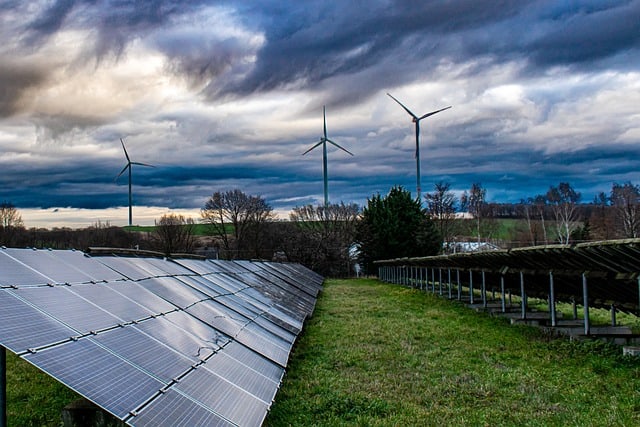
Obstacles: Buildings and Vegetation
How your immediate surroundings influence the direction of solar panel installation can’t be overstated.
Nearby buildings, trees, or other tall structures can cast shadows on your solar panels, reducing their efficiency. In such scenarios, facing your solar panels south may not be the best option.
It could be more beneficial to face them in a direction where they receive the most unobstructed sunlight.
Terrain Considerations
The lay of the land is another factor to consider.
Hills and valleys can drastically affect the amount of sunlight your panels receive, regardless of their orientation.
Your panels should be installed in a location and direction that ensures maximum sun exposure throughout the day.
The Influence of Local Climate on Solar Panel Direction
Variability of Sunlight
Local weather conditions can have a profound impact on the direction you choose for your solar panels.
In regions where morning sunlight is more reliable, you might want to consider east-facing panels.
Conversely, if the afternoons are usually sunny, west-facing panels might be your best bet.
The Impact of Seasonal Changes
Seasonal variations in sun exposure should also be taken into account when deciding on solar panel direction.
For example, in locations with sunny winters and cloudy summers, you might want to orient your panels to maximize winter sun exposure.
Balancing Power Production with Power Demand
Time of Day Energy Needs
The optimal direction for your solar panels might also depend on when you use the most electricity.
East-facing panels produce more power in the morning while west-facing panels generate more in the afternoon and evening.
Aligning your panel direction with your power usage can make your solar system more efficient and cost-effective.
The Role of Solar Batteries
Solar batteries can store excess power produced by your panels for use during peak demand times or when the sun isn’t shining.
Having a battery storage system gives you more flexibility when it comes to the direction of your solar panels.
Solar Panel Direction: Regulatory and Policy Perspectives
Local Building Codes and Regulations
Your local building codes may have specific guidelines or restrictions on the direction and placement of solar panels.
Be sure to familiarize yourself with these regulations before making any decisions about solar panel direction.
Homeowners Association Rules
Homeowners Associations (HOAs) might also have rules regarding solar panel installation.
While you have the right to go solar, the direction your panels face could be subject to HOA guidelines.
FAQs
- What happens if my solar panels can’t face south? It’s not the end of the world if your solar panels can’t face south. Panels facing east or west might produce slightly less energy over the course of a day, but they can still be quite effective. Other factors like tilt, shading, and panel technology also significantly impact efficiency.
- Can solar panels face north? In the Southern Hemisphere, solar panels should indeed face north to capture the most sunlight. In the Northern Hemisphere, north-facing panels will still produce power, but significantly less than those facing south.
- Does the tilt of solar panels matter as much as the direction? Both tilt and direction significantly impact solar panel efficiency. The optimal tilt for your solar panels is typically equal to the latitude of your location.
- What are the alternatives if I can’t position my solar panels to face south? Consider advanced solar technologies such as bifacial solar panels or solar tracking systems. These technologies help maximize efficiency irrespective of a panel’s static direction.
- Is there a one-size-fits-all approach to solar panel installation? Definitely not. Solar panel installation is influenced by many factors including geographic location, local climate, building architecture, and local regulations. It’s best to consult with a solar professional who can design a system tailored to your specific circumstances.
Key Takeaways
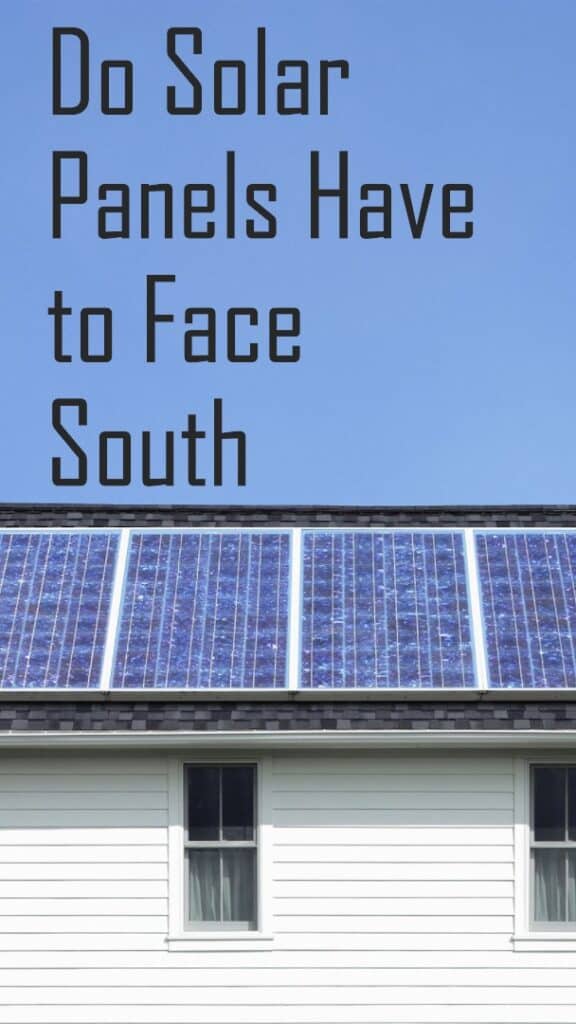
To sum up, while south-facing solar panels can provide optimal energy output in the Northern Hemisphere, this is not a hard and fast rule.
As we’ve explored, several factors can influence solar panel efficiency, from their tilt to the technology used. So, if your panels can’t face south, don’t sweat it!
The world of solar energy is versatile, with plenty of alternatives at hand. Let’s embrace the power of the sun – no matter which way we’re facing.
Sources
- U.S. Department of Energy: This government site offers a wealth of information on renewable energy, including solar power. The Solar Energy Technologies Office provides resources on how solar technology works and guidance for residential solar panel installation. Check it out here.
- EnergySage: An online solar marketplace that provides comprehensive, unbiased information about solar panel installation, including the significance of their direction and tilt. This article specifically discusses the azimuth angle, which refers to a panel’s east-west orientation.
- Solar Energy International (SEI): This nonprofit education organization offers technical training for renewable energy professionals. Their blog often features articles on solar panel placement and other technical aspects of solar energy.
- National Renewable Energy Laboratory (NREL): This leading research entity in renewable energy and energy efficiency provides a plethora of data and resources. This study explores the impact of panel orientation on solar photovoltaic production.
I’m Thomas, the owner of SustainableWave. Passionately promoting a sustainable planet. With experience in various eco-roles, I’ll share green tips, sustainability hacks, and personal eco-journeys on my blog.

